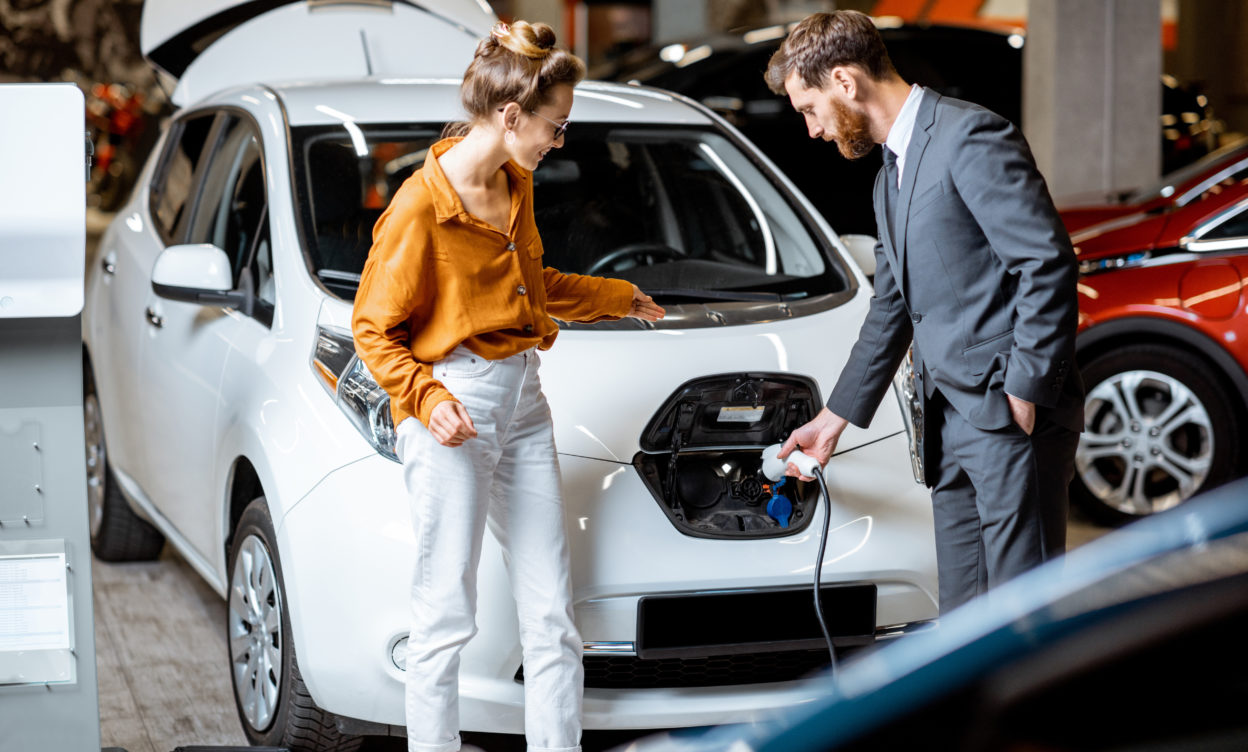
A greener form of personal transport is needed to assist in addressing climate change and help governments around the world reach their legislated emissions targets.
The first part of this two-part analysis looked at the financial total cost of ownership case for EV’s, which requires a significant convergence of EV and ICE purchase prices to become financially viable for the end user consumer, which is starting to occur. Part two of our analysis will look at the environmental use case for EV uptake. We support the need to find a cleaner and more energy efficient method to power vehicles, rather than burning liquid dinosaurs.
The following analysis was based on the report issued by Volvo which compared the total lifecycle emissions of their XC40 and C40 ranges. Pitcher Partners has also analysed the impact of use phase as these would be the emissions directly attributable to Australia’s targets. Our opinion is simple, total lifecycle emissions should be the figures decisions are made on, Australia has a duty to be a responsible global citizen and not just outsource the production phase emissions problem to other countries.
The elephant in the room is that Australia’s energy generation is dirty…real dirty. Australia clearly relies on burning dinosaurs to provide energy and does not discriminate between the liquid, solid or gas versions. The make-up of Australia’s energy mix, and its reliance on coal and gas is the major factor driving in our local carbon intensity.

Source: Our World in Data – Electricity Mix
Based on the carbon intensity of the electricity generates mixes, we have used the relative increase in carbon intensity in Australia’s electricity mix and applied this to the use phase emissions of the Volvo report estimate a more accurate use phase in an Australian context.

Currently, every EV powered by Australia’s current electricity generation mix only reduces lifecycle emissions 7.1%. Nearly all use phase emissions reductions are eroded by the emissions during manufacturing, which are 68% higher for EV’s. However, real impacts start to occur when moving toward more renewable energy as a percentage of overall electricity mix – see EU-28 and Wind Solar.
On average electric vehicles will likely never breakeven, as the average car lasts 10.4 years times 12,600 kms, and that means that the average vehicle will only travel 131,040 kms (ABS 2018 Study). It is important to note that Volvo has a used phase of 200,000 km, this equates to 15.87 years for the average Australian vehicle. The breakeven point in terms of kilometres is approximately 146,000 and equates to 11.6 years for the average Australian vehicle. This is some 11.5% longer than the current average meaning more than half of EV’s will not be beneficial to the environment. However, for renewable energy powered EV’s this is reduced to only 49,000kms.

What is needed is action on electricity generation – the Volvo report does draw stark conclusions when using renewable energy. The Australian Labour Government has committed to an 82% renewable energy target by 2030 and this the imperative step in the environmental case for EV’s. Electric vehicles become a remarkable proposition once the generation method is factored in, with emissions break even reduced to a fraction over 4 years. There are EV owners who no doubt will use fully renewable sources of electricity powering their EV, however as EV adoption rates increase, more and more will be unable to avoid using Australia’s power grid.
Let us be clear here – we are pro Zero and Low Emission Vehicles (ZLEVs). We believe in the long-term future of electric vehicles, the direction the industry is trending towards, and that change is needed. But there needs to be the voice of reason. Electric Vehicles in isolation do little to nothing to help Australia’s emissions targets. These are hard truths to face, and some will not or do not want to face them, but all sectors must work together in a coordinated fashion to reduce Australia’s emissions, no industry can be a cowboy.





